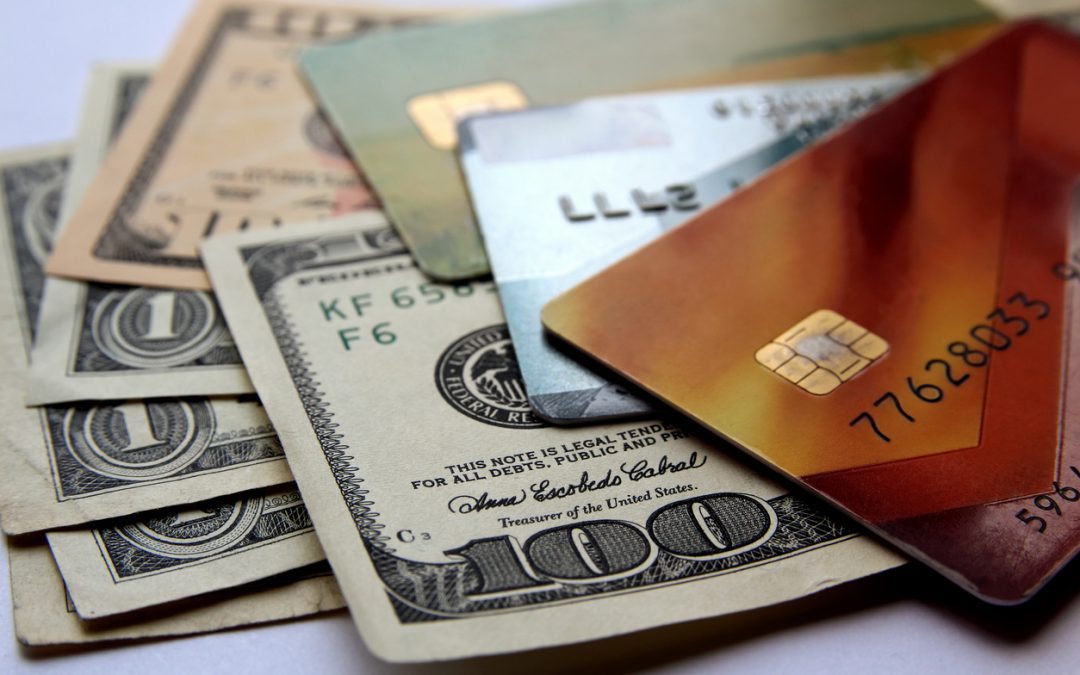Sometimes, refinancing to pay off credit card debt isn’t the best option.
If you have a bad credit history, you might not qualify for a balance transfer credit card or credit card refinancing loan. If your credit card debt is high but not that high, going through the hassle of refinancing credit card debt may not be necessary.
Here are some of the best strategies for paying off credit card debt quickly without refinancing.
Review and redo your budget
To start, you’ll need to look at your budget. Personal budgets evolve as personal finances evolve.
Putting together a new
plan for tackling credit card debt is an excellent time to create a new budget.
Here’s how to do it:
Create a basic budget sheet.
Budget sheets help you track your spending by listing income against expenses, such as grocery bills, movie nights and credit card payments. You can create a budget sheet on Excel. Excel Easy offers a great tutorial on how to do it.
Calculate income and expenses.
At the end of the month, gather up your pay stubs, receipts and bills. Treat these as three separate categories on your budget sheet and add up each category. After that, add up the totals of your receipts and bills, and compare their total to your pay stub total. Are you saving money or losing money?
Craft a payment plan.
Look at your budget sheet. What expenses can you cut to help you save more money at the end of the month? See how much of that savings you can add to your credit card payments to help you pay off your credit cards faster.
Pro tip! Check out this list of the best personal finance apps of 2019, and enter the brave new world of mobile money management.
Choose a credit card debt payment strategy
Consider one of these two popular payment methods to help you eliminate your credit card debt faster:
The avalanche method
This is one of the best strategies for paying off debt quickly.
The avalanche method involves paying off your debt with the highest interest first before working your way down to paying off your debt with the lowest interest rate.
If you have multiple credit-card debts, this method will help you save the most on interest as you pay them off. The less interest you have to pay means the less time you stay in debt.
The snowball method
If you’re someone who gets motivated by seeing results fast, paying off your credit card debt with the snowball method is likely a better choice.
This method involves paying off the smallest balance first before moving on to the next-smallest balance. You keep growing the snowball payments until you’ve flattened the debt with the largest balance.
Paying off debt with this method can be slower than it is with the avalanche method; however, this method is better if you want to stay motivated by checking debts off your list.
The bottom line
In conclusion, remember to practice smart spending habits as you pay off your credit card debt. Buy only what you can afford in cash, stick to your budget, and prioritize your bills over purchases. Once you’ve paid off your credit card debt, these habits will help you stay out of it for good.




